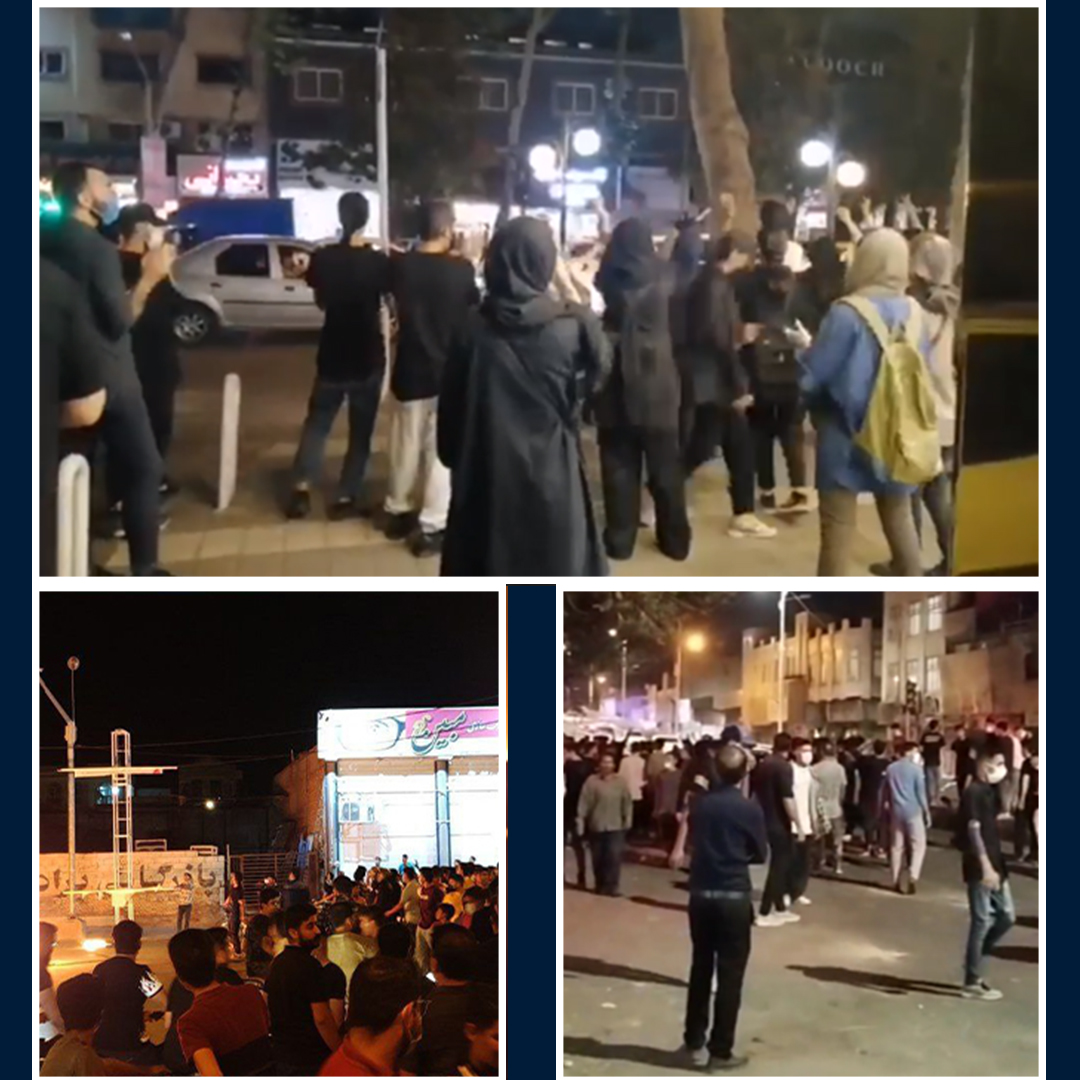Iranians have been taking to the streets since mid-September to protest the death of Mahsa Amini, 22. The initial outcry, sparked by the violent enforcement of a government dress code that includes mandatory hijab for women, has morphed into Iran’s largest protest movement in years.
Protests began in Saqqez, Amini’s hometown, and spread to major cities such as the capital, Tehran, and Mashhad, as well as ethnically diverse regions such as Azerbaijani Turks, Arabs, Baluchis, and others.
Despite a government crackdown by both police and a plainclothes paramilitary group known as the Basij, which has resulted in over 200 deaths and many more being imprisoned, the movement is now in its fourth week and can be found in high schools and college campuses, oil refineries, and city streets across the country.
October 16 – Tehran, #Iran
High school students in the Narmak district protesting and chanting:
"Iran has become a detention center!"
"#Evin [Prison] has become a university!" referring to many college students jailed there.#اوین#آزادی_آزادی_آزادی pic.twitter.com/rKGxKwzMnh— People's Mojahedin Organization of Iran (PMOI/MEK) (@Mojahedineng) October 16, 2022
Defiant young women have emerged as protest leaders and symbols, with the deaths of more girls and women, such as Hadis Najafi and Nika Shakarami, at the hands of security forces fuelling public outrage.
A male Journalist and Political Activist from Saqqez who risked his life at protests spoke to the Intelligencer publication about how the uprising began, what it’s been like on the streets over the past month, and what has kept them going.
Footage from #Tehran suggests security forces have been shooting teargas and targeting the protesters on the highway leading to #EvinPrison. One of the vehicles has caught fire. pic.twitter.com/rTaQ5a24Ce
— NCRI-FAC (@iran_policy) October 15, 2022
“The mood in Saqqez has been dark and fearful since the day we found out Zhina had been hurt. Her family was well-known in the community. Everyone had been waiting to hear how she was doing since the beginning.
Authorities refused to give the family any information about what had happened, and they put intense pressure on them to bury her as soon as possible. However, Zhina’s family stood firm, and the case was widely publicized. The funeral drew large crowds. People wanted to stand up and support her family,” explained the young male.
October 15 – Kish Island, southern #Iran
Locals continuing the nationwide protests against the regime on the 30th day of the uprising.#IranRevolution2022#مهسا_امینی #آزادی_آزادی_آزادیpic.twitter.com/Qakpk8fHlP— People's Mojahedin Organization of Iran (PMOI/MEK) (@Mojahedineng) October 15, 2022
Mahsa Amini was a victim of the ruthless morality police in Tehran. She was a member of the Kurdish ethnic minority from Saqqez, a town in northwest Iran. She was savagely beaten by morality police and died of her injuries on September 16 in a Tehran hospital.
“When her body arrived at the cemetery, crowds chanted in Kurdish, ‘A martyr does not die!’ People were furious. The crowds chanted, ‘Don’t be afraid!’ indicating that they were there to support the family.
The crowds continued to yell slogans outside the police station. The day after the funeral, city businesses went on strike and refused to open. Kurdish political groups invited people to participate, and they did,” he continued. “The protests started almost immediately, as did the arrests.”
October 15 – Bandar Abbas, southern #Iran
Protesters chanting:
"Proud Iranians! Support! Support!"
"We don't need spectators! Join us!"#IranRevolution2022#مهسا_امینی #آزادی_آزادی_آزادیpic.twitter.com/URP9Hk8Tpu— People's Mojahedin Organization of Iran (PMOI/MEK) (@Mojahedineng) October 15, 2022
“With heavy weapons, the Revolutionary Guards stormed into town and took over many major squares. They stand guard around the clock, dress for battle, and shoot at anyone who tries to gather. In response, the city went on strike. Teachers refused to teach, and students refused to attend class.”
“There were protests and clashes with security officials the evening after the strike. Every day, people wait for a spark to set something off. It could be someone honking loudly or a group of young people walking down the street and suddenly beginning to yell slogans. They appear out of nowhere, protest, and then disperse. During the day, word spreads that people should take to the streets in the evening, and they do,” he concluded.
I salute the people of #Zahedan and my fellow Baluch compatriots, who fulfilled their pledge to the victims of Sept. 30 by marching and chanting, “death to the dictator” and “death to Bassij.” Your determination will crush the dictatorship.#IranProtests2022 pic.twitter.com/GtLMvPu7xg
— Maryam Rajavi (@Maryam_Rajavi) October 15, 2022









